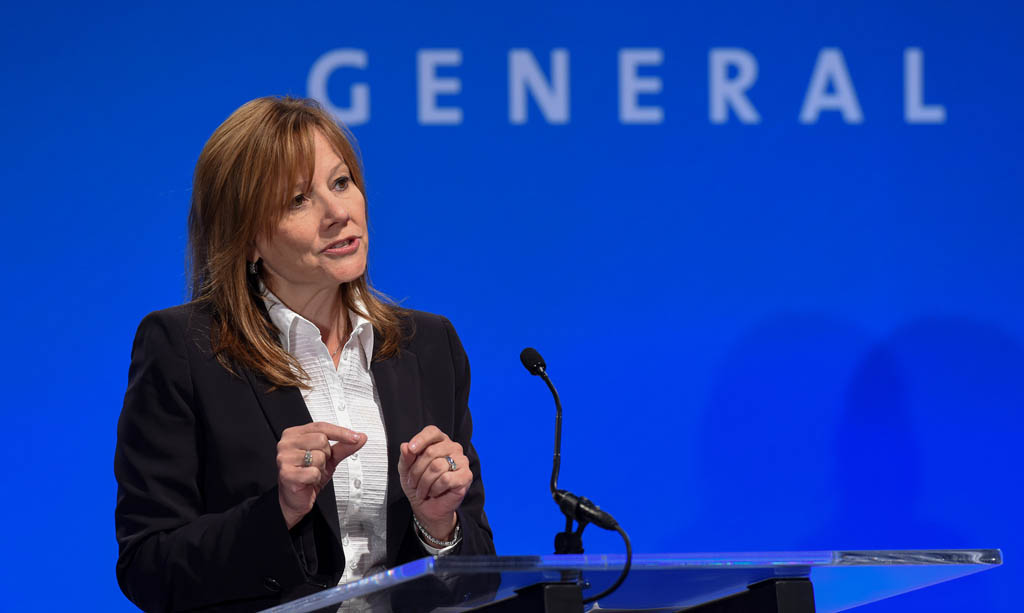New Female CEOs: Quiet Media Coverage Avoids Negative Market Reaction
This is one of our free-to-access content pieces. To gain access to all Ideas for Leaders content please Log In Here or if you are not already a Subscriber then Subscribe Here.

Research proves the many benefits and advantages of female CEOs, yet markets continue to punish companies for choosing a woman as CEO. A new study shows that individual investor bias is not the problem; instead, the fear of bias in other investors causes markets to react unfavourably.
Past research has consistently demonstrated the advantages of having women as CEOs, including more innovation and the fostering of a more collaborative work environment. Despite these advantages, markets tend to react unfavourably to any announcement of a new woman CEO.
One could assume that investors are simply biased against women CEOs, believing that only the worst will happen. A team of researchers, led by Professor Edward Smith of the Kellogg School of Management, offers an alternative explanation.
The team pulled together a vast amount of data from a variety of sources, including a comprehensive sample of all CEO appointments in the U.S. between 2000 and 2014, as well as samples of the media announcements related to those appointments. The media announcement material was drawn from one of the largest media print and digital media coverage databases ever assembled. The team also gathered short-term market responses (looking specifically at abnormal returns) to each media announcement, including any change in share price after the announcement.
The number of female appointments (84 appointments) compared to the overall number of appointments in that time period (8000 appointments) in the four-year sample was appallingly small — although, as the researchers point out, this sample is still three times the previous sample of women CEOs.
Analysis of the gathered material led to four discoveries:
These discoveries revealed the reason that bias against women is not enough to explain the negative reactions to female CEO announcements. For if bias was the cause of investors’ reactions, why would the markets respond negatively to female CEO announcements only when there is significant media coverage? When the coverage is muted, markets seem to have no issues with a new woman CEO.
The reason is that investors themselves are not biased against women CEOs, but they believe that other investors are. This is the crux of the problem. As the researchers explain, predicting the markets depends on understanding not only on how you, the investor, might react to an event, but even more importantly how all of the other investors will react. Thus, if an unbiased investor believes that most other investors are biased against women CEO — and that, as a result, the shares of a company that announces a new woman CEO will be hurt — that investor, although unbiased, can only conclude that the company’s market value will decrease.
This alternative explanation for the poor market reaction to women CEO announcements also resolves the conundrum between significant and little market coverage. When there is little market coverage, investors will believe that most of the other investors — those who, in their opinion, are biased — will not pay attention the announcement. As a result, their own (unbiased) views of women CEOs guide the market reaction. When there is significant media, however, the appointment of the new female CEO becomes well known, and the other investors can voice their biased opinions, thus undermining the markets.
The implications of this study are clear-cut: avoid major announcements about new female CEOs. In many ways, this seems counterintuitive. The hiring of a women CEO should send a message to the markets that the company is rejuvenating itself, and is not afraid to be innovative and bring in fresh perspectives. However, trumpeting your selection will be counter-productive. A quieter announcement will attract the attention of a small number of positive, unbiased investors. It is then a matter of patience as the CEO leads her company to higher returns — at which point, hopefully, the markets will finally recognize and reward the benefits of having an excellent female CEO.
Better in the Shadows? Attention, Media Coverage, and Market Reactions to Female CEO Appointments. Kevin Gaughan, Edward Bishop Smith, Jason Pierce. Working Paper (March 2016).

Ideas for Leaders is a free-to-access site. If you enjoy our content and find it valuable, please consider subscribing to our Developing Leaders Quarterly publication, this presents academic, business and consultant perspectives on leadership issues either as a digital subscription, or better still in a beautifully produced, small volume delivered to your desk four times a year.

For the less than the price of a coffee a week you can read over 650 summaries of research that cost universities over $1 billion to produce.
Use our Ideas to:
Speak to us on how else you can leverage this content to benefit your organization. info@ideasforleaders.com